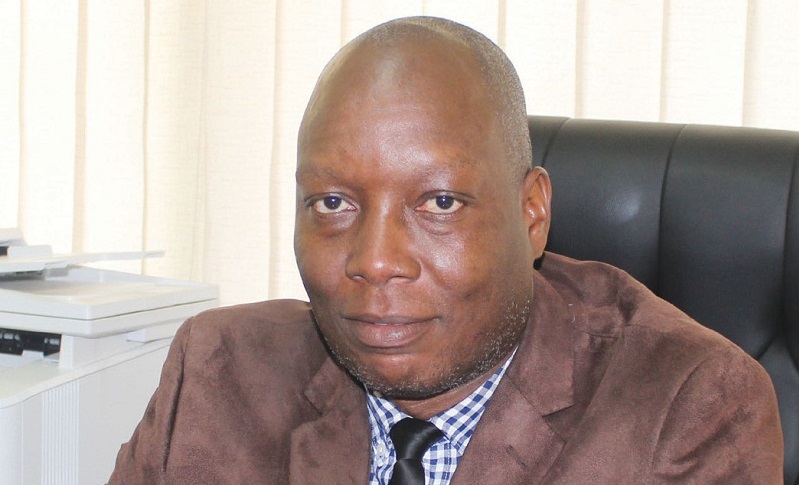Our Terms & Conditions | Our Privacy Policy
Research sees 6.7m out of poverty by 2043
The number of Malawians living in extreme poverty is projected to be reduced from 87 percent to 47 percent by 2043, findings of a research conducted by Institute for African Studies have shown.
In the paper titled ‘Malawi Geographic Futures’ published on May 13 2025, lead researcher Michelle van Rooyen said the slash will be equivalent to 6.7 million fewer people living in extreme poverty.
 Khanje: We expect things to improve. | Nation
Khanje: We expect things to improve. | Nation
However, she observed that institutional capacity constraints, bureaucratic inefficiencies and corruption remain barriers to progress despite governance reforms striving to improve public sector efficiency and fiscal management.
Among others, the forecast measured economic size, gross domestic product (GDP) per capita, extreme poverty, carbon emissions and economic structure changes.
It further measured other dimensions such as progress with mean years of education, life expectancy, the Gini coefficient or reductions in mortality rates.
Rooyen found that Malawi’s Gini Index will be declining from 0.38 in 2023 to 0.34 in 2043 which the research said still represents a high level of inequality.
She forecast that Malawi’s GDP to increase from $10.5 billion (K18.2 trillion) in 2023 to $41.9 billion (K72.8 trillion) by 2043, representing an average annual growth rate of seven percent.
“This represents an additional GDP of $13.3 billion [K23.1 trillion], demonstrating the transformative potential of multisectoral interventions,” reads in part the research.
However, the research said the listed gains are still insufficient for Malawi to achieve its goal of reaching lower-middle-income status by 2030 as targeted in Malawi 2063 (MW2063) long-term development strategy.
“For Malawi to stay on track, it would need to implement aggressive and sustained structural reforms while maintaining an annual GDP growth rate exceeding 10 percent,” said the report.
National Planning Commission communications specialist Thom Khanje described the findings as interesting, saying with accelerated implementation of MW2063, starting with MIP-1, Malawi can achieve not only poverty reduction but also wealth creation.
He said: “But we expect things to improve tremendously going forward with accelerated implementation of the MIP-1 focused on agriculture, tourism, mining and manufacturing [ATM+M] from which we can achieve GDP growth of 10 percent plus towards 2030.”
The research was sponsored by Hanns Seidel Foundation, United Nations Development Programme, the Swedish Government and African Union Development Agency – New Partnership for Africa’s Development.
[ad_1]
Images are for reference only.Images and contents gathered automatic from google or 3rd party sources.All rights on the images and contents are with their legal original owners.
[ad_2]



Comments are closed.